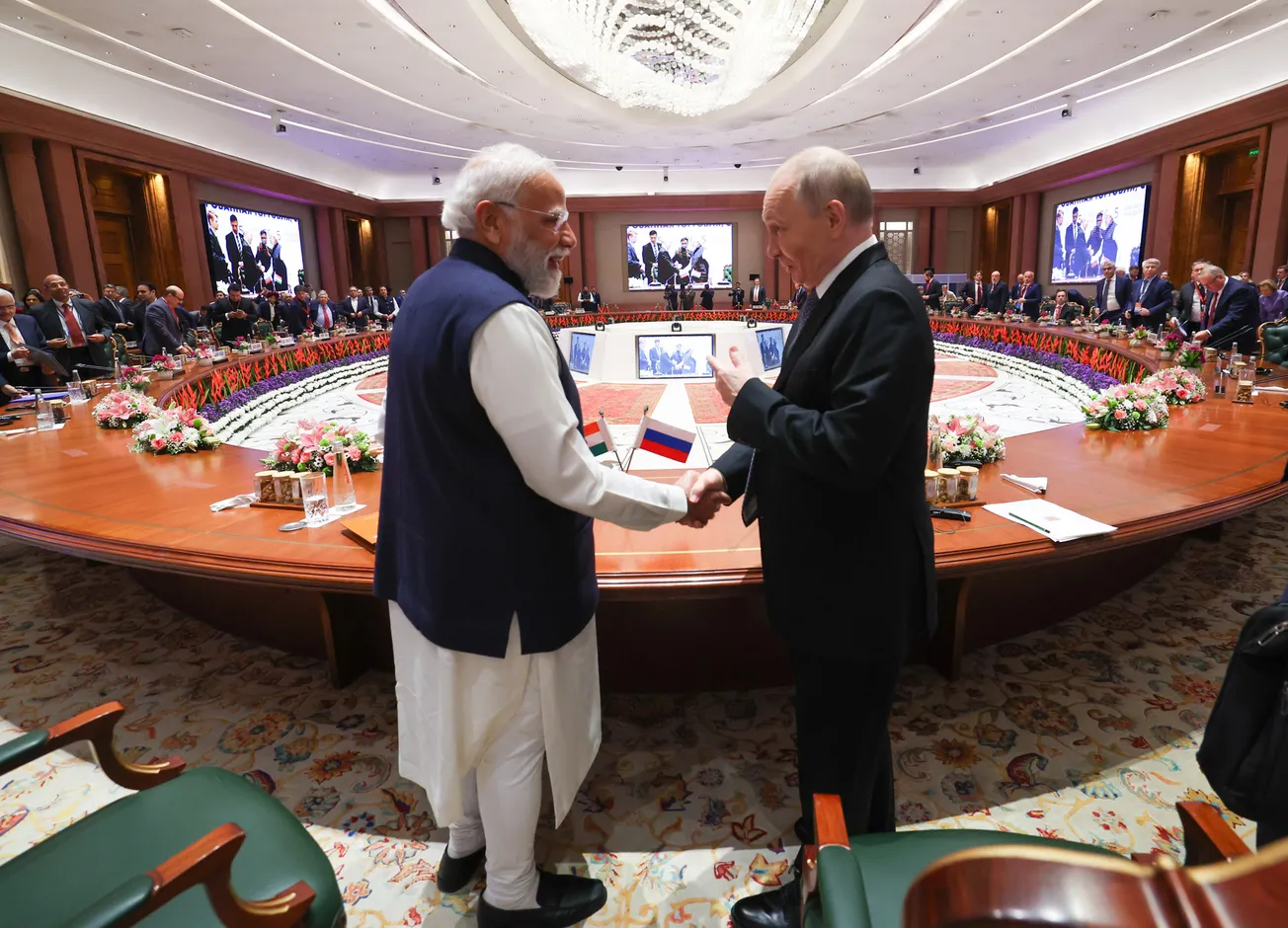The British-American-backed Israeli bombing and assault on the Gaza Strip, led by Benjamin Netanyahu and his cohort of destroyers, has destroyedPalestinian infrastructure, housing, and life, on a scale perhaps not seen in any war during the last hundred years.
More than 11,000 Gazan citizens have been killed, more than one-third of them children. The hospital system is being bulldozed, the food supply and clean water cut off, electricity severed, and the housing eliminated. If health, food, water, and power are annihilated, no Palestinian life can exist. That is exactly the objective.
The Nov. 17 Reuters article, “Gaza War Inflicts Catastrophic Damage on Infrastructure and Economy,” presents evidence, along with other sources.
First on the physical destruction, the UN Office for the Coordination of Humanitarian Affairs (OCHA), basing itself on data from Palestine State Ministry of Public Works and Housing, said that the Israeli attacks had destroyed more than 41,000 housing units and damaged more than 222,000, altogether at least 45% of Gaza’s housing units.
According to Reuters, an Israeli reporter whom the IDF had taken to see the Gazan town of Beit Hanoun reported on Nov. 12 said that “barely a single inhabitable building remains standing.” More than 52,000 people had lived there before the war.
In a Nov. 15 report, OCHA said that 279 educational facilities had reportedly been damaged, more than 51% of the total. Presently not one of Gaza’s 625,000 students has access to education.
According to Gaza’s Ministry of Health, as of Nov. 16, a mere 9 of the Gaza Strip’s 35 hospitals and large clinics are partially functioning. The rest of the 26 hospitals have shut down formal medical services. Fifty-five ambulances in Gaza have been damaged, and there are critical shortages of drugs and blood products, according to OCHA.
Regarding potable water, the UN Relief and Works Agency for Palestinian Refugees (UNRWA), reported on Nov. 16 that due to an absence of fuel, 70% of the people in southern Gaza had no access to clean water.
The Khan Younis seawater desalination plant in the south was operating at only 5% of its capacity, UNRWA said. Further, most of Gaza’s 65 sewage pumps were out of service, OCHA said, and raw sewage has started to flow in the streets in some areas, according to Reuters. The UNRWA website stated that, “as of Nov. 17, UNRWA sanitation work will start shutting down,” and it will have limited ability to collect human waste at camps.
Food is in short supply, even bread. In Gaza’s north, no bakeries had been active since Nov. 7 due to the lack of fuel, water, wheat flour, and structural damage, states OCHA. The last functioning mill in Gaza, Reuters reports, was destroyed on Nov. 15. Without flour mills, there can be no bread, a staple. “The situation is catastrophic,” OCHA said.
Telecommunication services have been shut down for lack of fuel.
The poverty rate in Gaza was “officially” 61% before Israel launched its invasion. Reuters reports that UN agencies project the poverty rate will jump by more than 20% over the next few months. But what does “poverty” mean, when the whole basis for human life for Gaza’s Palestinians is being wiped out, when present and future survival in Gaza is being systemically eliminated?




